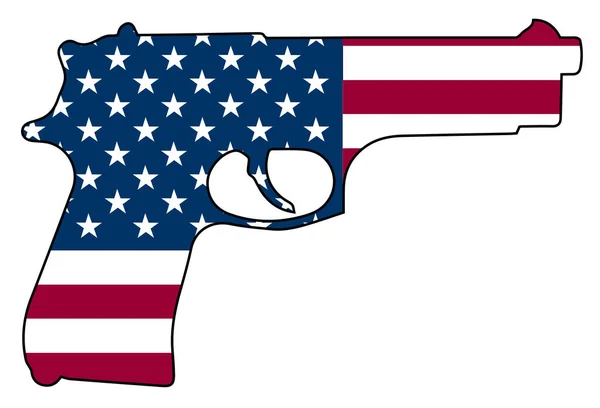The Second Amendment is probably one of the most talked-about and misunderstood parts of the Constitution. Whether you’re pro-guns, anti-guns, or somewhere in the middle, there’s no denying that this amendment sparks heated debates. So, what’s all the fuss about? Let’s dive in.

The Second Amendment states: “A well regulated Militia, being necessary to the security of a free State, the right of the people to keep and bear Arms, shall not be infringed.” At first glance, it’s just 27 words. But those 27 words have led to centuries of arguments over what they actually mean. Let’s break it down.
A Well Regulated Militia
First: what’s a militia? Back in the day, it referred to a group of citizens who could be called upon to defend their community or country. Think Minutemen during the American Revolution, not your local neighborhood watch. But here’s the catch: today, we have a standing military, police forces, and the National Guard. So, does this part of the amendment still apply? That’s where the debate begins.
The Right to Bear Arms
Now, onto the part that gets everyone fired up—the right to bear arms. The question is, does this mean every individual has the right to own any type of weapon, or was it more about citizens having muskets to defend against tyranny in the 1700s? Modern interpretations vary widely. Some say it’s a blanket right for personal protection. Others argue it’s tied to the whole “well regulated militia” thing. Spoiler: the Supreme Court has weighed in on this, and we’ll get to that in a bit.
The Court Cases That Shaped It All
The Second Amendment has been at the center of some pretty landmark cases. Let’s take a look at a couple of them:
District of Columbia v. Heller (2008)
This is the big one. The Supreme Court ruled that the Second Amendment protects an individual’s right to own a firearm for personal use, like self-defense in your home. This case was a game-changer because it clarified that the right to bear arms isn’t just about militias. But — and it’s a big but — the Court also said that this right isn’t unlimited. So, no, you can’t stockpile rocket launchers in your basement.
McDonald v. Chicago (2010)
Two years after Heller, the Court ruled that the Second Amendment applies to state and local governments, not just the federal government. This case struck down Chicago’s handgun ban and reinforced the idea that individuals have the right to own firearms. But again, the ruling left room for reasonable regulations.
The Controversy
Let’s be real—the Second Amendment is a hot topic. On one hand, you have people who see gun ownership as a fundamental right tied to personal freedom and safety. On the other, you have those who point to gun violence statistics and argue for stricter regulations. Both sides have valid points, which is why this debate isn’t going away anytime soon.
What Does It All Mean for You?
At the end of the day, the Second Amendment is about balance. It’s a tightrope walk between individual rights and public safety. Whether you’re a gun enthusiast, an advocate for stricter laws, or someone who just wants to understand what all the yelling is about, it’s important to know the history and context behind this amendment.
So, there you have it—the Second Amendment in a nutshell. It’s complex, it’s controversial, and it’s not going anywhere. If this sparked your curiosity, stay tuned for the next article where we’ll tackle an amendment that’s all about rights, responsibilities, and your freedom on who to allow in your house.
Comments
Post a Comment